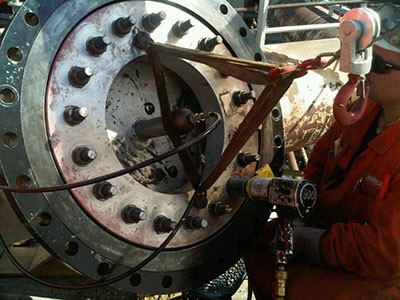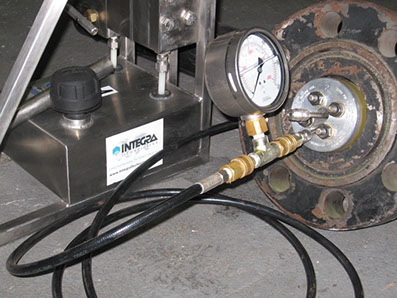Pipe Isolation
Identify leaks before they happen.
INTEGRA Technologies hydrostatic plug test tools are used to identify leaks and structural flaws in field welds. We can perform hydrostatic testing services up to 2,250 psi and can accommodate pipe sizes from 0.75″ to 30″.
INTEGRA Technologies uses a double block and bleed pipe isolation plugs to hydrostatically test slip on, socket weld, and weld neck flanges. Using test plugs reduces testing time as less than a gallon of liquid is required to complete the test.
All of INTEGRA Technologies test tools are non-destructive; they do not damage the interior walls of the pipes or pressure vessels.
INTEGRA’s equipment rental inventory consists of the following pipe isolation plugs:
- Double Block and Bleed Isolation and Weld Test Plug
- GripTight Double Block and Bleed Isolation and Weld Test Plug
- High Lift Flange Weld Test Plug
- Grip Tight Test Plug
Ensure asset integrity.
INTEGRA Technologies provides pipeline isolation to allow work or operations to be carried out safely.
Our AquaPlug™ is a double block and bleed system that safely isolates the environment from residual products. Once the isolation plug is pressurized, INTEGRA Technologies can monitor upstream pressure to assure the isolation will not fail and become projectile, and also monitor any back pressure that may have been accidentally introduced to the line after the line has been isolated.
In certain applications, we use Python-Plug™ High Pressure Isolation Plugs. Unlike other plugs that can loosen and eject under pressure, Python-Plug™ uses test pressure to seal securely against the pipe inner diameter resulting in a safer installation.
Pipe Isolation Gallery
Get A Quote Today
One of our experts will be in touch within 24 hours to provide a free quote and advice.


